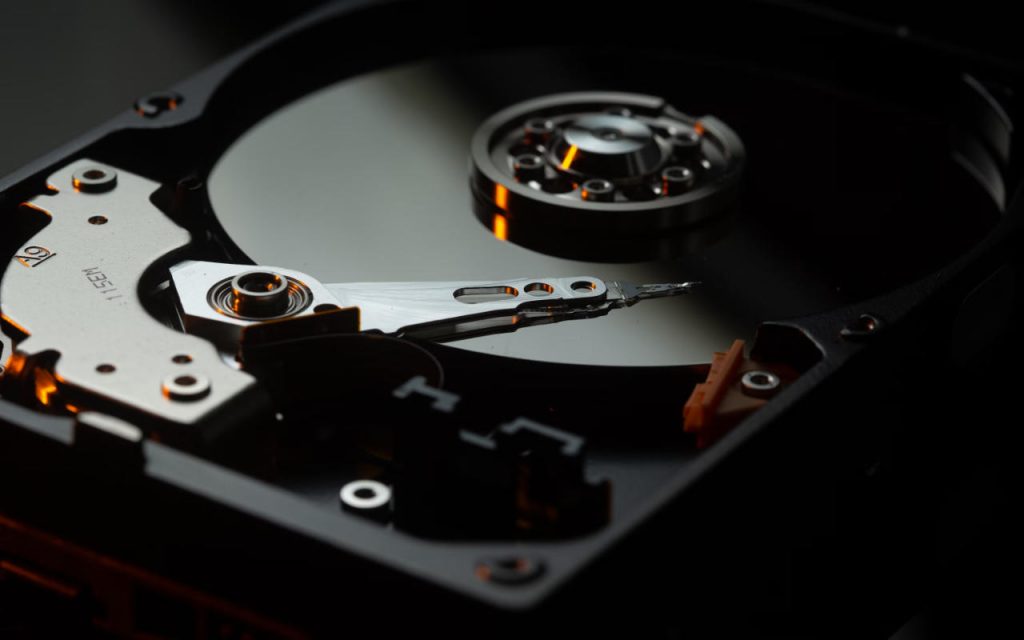Electronics packaging design is one of the most difficult things to get right. And we’re not talking about making the packaging look pretty, here – we’re talking about function. After all, the primary function of packaging is to protect the goods inside. This isn’t just true for high-end consumer devices like MacBooks and iPads; even the most run of the mill office computers (and the parts which make them) need to be protected properly, too.
As well as consumer and commercial electronics, highly sensitive scientific instruments and medical devices need to be shipped around. And great care needs to be taken when they’re packed for shipping and storage. Sensitive equipment needs to be isolated from the elements we can see, like moisture and dirt, and also from elements we can’t.
Read more – Choosing Medical Packaging
Safe shipping is the primary goal of electronics packaging. And anti static packaging plays a big part in getting electronics to their destination unharmed (which we’ll cover in a sec).
But static discharge is just one of the many hurdles you’ve got to jump over when protecting electronics. Vibration and impact during transport can destroy fragile components – and so can extreme temperatures, moisture, and dust. In this post, we explore electronics packaging design, and the role that anti static polythene plays within it.

The ideal electronics packaging design
The ideal packaging for electronics will cover the following bases:
- Protection from moisture and dirt
- Impact resistance
- Mechanical strength
- Protection from temperature changes and condensation
- Resistant to electrostatic discharge
While also being:
- Low weight
- Low cost
With so much protection needed, and the caveats of low cost and weight, no single packaging product can do the job. Instead, a packaging system needs to be developed using a combination of materials. Here’s how that might look:
- Boxes – for uniform unit shape and mechanical strength
- Inner packaging bags – dust and moisture protection, plus anti static treatment
- Bubble wrap – for impact resistance (can also be anti static)
- Foam sheets – protect from temperature fluctuations, additional impact resistance
- Polystyrene bumpers or void fillers – impact resistance and mechanical strength
- Silica gel packets – moisture and condensation control
- Outer packaging bags or shrink film – further moisture and dust protection
Moisture proofing can be doubled up by using both inner and outer packaging; for example, an outer bag can protect the box from water or dust ingress, or a shrink film can be applied – which adds a crystal-clear protective layer. Shrink films can look a little more refined and high-end, and can cost less in the long run. There’s a bigger initial investment in using it as part of a packaging system, but this will quickly be offset once units begin to ship.
Prevent disastrous damage to electronics, with anti static packaging
Inner packaging bags can be treated with anti static additives – but why is that important? Well, because of something called tribocharging.
Tribocharging is where materials can become electrically charged when they rub up against each other – like when you rub a balloon on your head or jumper, and it becomes charged. When packaging sensitive electronics, this can cause problems. Static charge can attract dust, or cause damage by other means. Worse still, a static discharge can spark, causing fires or explosions, or erasing data stored on devices.
Polythene bags are amazing at countering this, as polythene is an electrical resistor by nature – but further anti-static polythene additives can be blended in prior to extrusion to enhance this property.
Learn more about polythene additives
Of course, today’s consumer electronics packaging designs also need to look the part. And with advances in printing and packaging design, things have never looked better – just think back to the last mobile phone or pair of headphones you got. We’re willing to bet the box and inner packaging was super fancy, and extremely satisfying to open!
But in the end, it doesn’t matter how great your product packaging looks if it hasn’t allowed the product to arrive intact. At NPF Packaging, our goal is to make your goods get where they’re going safely – and we do that by designing packing that addresses the needs of our customers, from the ground up.
Custom inner and outer packaging for electronics
Let’s help you design your ideal electronics packaging system – with anti static packaging at the core. Get a quote online, or call us on 01773 820415.


